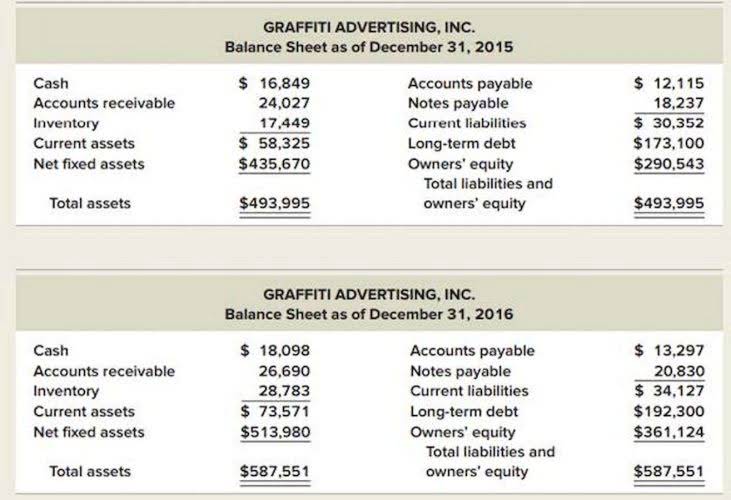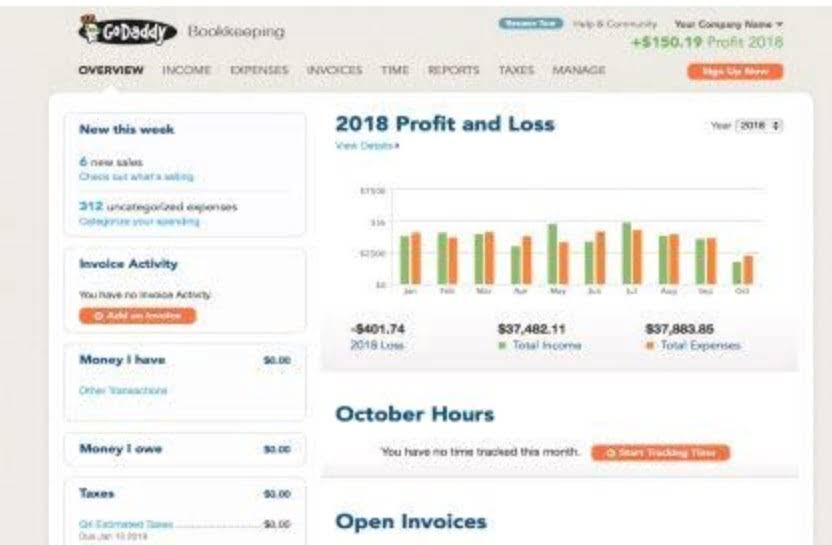Cost Principle Financial Accounting II Vocab, Definition, Explanations Fiveable

This is due to the revaluation of intangible assets, allowing the company to make better business decisions. Current assets aren’t affected very much by the cost principle. They don’t have the opportunity to gain value like long-term assets do. Some long-term assets that need to fall under the cost principle are heavy machinery and equipment. Both are expected to last for years to come, and can see an increase or decrease in value, depending on the market. They need to be recorded at face value, and are balance sheet items that maintain their original cost.
- For instance, when planning for capital expenditures, companies can rely on historical cost data to estimate future investment needs and allocate resources effectively.
- The cost principle, also known as the historical cost principle, is a commonly used accounting method.
- Explore how the cost principle shapes modern accounting, affecting asset valuation and financial statements with historical cost vs. fair value insights.
- Further, the accumulated depreciation cannot exceed the asset’s cost.
- In 2021, the fair market value of the office building is now $1 million.
- It focuses on keeping balance sheets consistent over time, and assigns a constant value to assets.
Asset values are objective and can be easily verified.

Going back to our trade-in example, the company that traded in their car might have gotten a good deal on the new car. Instead of paying the full retail price of $30,000, it only had to pay the cost principle is used $23,000. Even though the car is technically worth $30,000, the company records the cost on the balance sheet of $23,000 because that this is the amount that was actually paid for the car. It is more involved than the historical cost method, though. In this method, assets are recorded at their current market value. As the name implies, the value changes based on the current market conditions.
Asset Depreciation

Despite its advantages, fair value accounting is not without challenges. Determining the fair value of an asset often involves a degree of estimation and judgment, which can introduce subjectivity into the financial statements. This subjectivity can lead to inconsistencies and potential manipulation, as different accountants might arrive at different valuations for the same asset. Moreover, fair value adjustments can introduce volatility into financial statements, making it harder for stakeholders to assess long-term trends and stability. Explore how the cost principle shapes modern accounting, affecting asset valuation and financial statements with historical cost vs. fair value insights.

Understanding the Cost Principle in Modern Accounting Practices
When issuing an invoice, it will still be the same ledger account amount as the cash received and not the car’s value. In 2018, Infosys started reducing the value of these companies using additional amortization and depreciation. As of now, the current value of Panaya and Skava is shown as $206 million in Infosys books.

In short, the cost principle is equal to the amount paid for each transaction. But after five years, the value of the acquired company suddenly dropped by half due to an issue. Then based on accounting principles, this company’s value can be impaired based on the current value.

Company
- While this process can produce short-term tax benefits for your business, it can lead to significant misalignments between your firm’s balance sheet and market prices in the long run.
- This can be a little tricky if cash isn’t used in a transaction.
- Business owners with no accounting background can use cost principles to achieve accuracy, consistency, and simplicity in their books.
- On the other hand, if the same company invested $200,000 in Tesla stock in 2017, the value of that liquid investment should be updated to reflect its current value after each accounting period.
- These processes are required to account for any changes that occur.
The estimated price at which an asset could be bought or sold in a current transaction between willing parties, often contrasted with the cost principle. The first cost principle accounting example is the Google acquisition of YouTube. In 2006, Google bought YouTube for $1.65 billion as one of the most significant tech acquisitions.
A variation on the concept is to allow the recorded cost of an asset to be lower than its original cost, if the market value of the asset is lower than the original cost. However, this variation does not allow the reverse – to revalue an asset upward. Thus, this lower Law Firm Accounts Receivable Management of cost or market concept is a crushingly conservative view of the cost principle. In conclusion, the Cost Principle is a foundational concept in accounting that emphasizes the use of historical cost as the basis for recording assets. While it offers advantages such as objectivity and consistency, critics argue that it may lack relevance in certain economic environments and can lead to understatement of asset values. As with any accounting principle, its application should be considered in the context of specific business circumstances and industry practices.